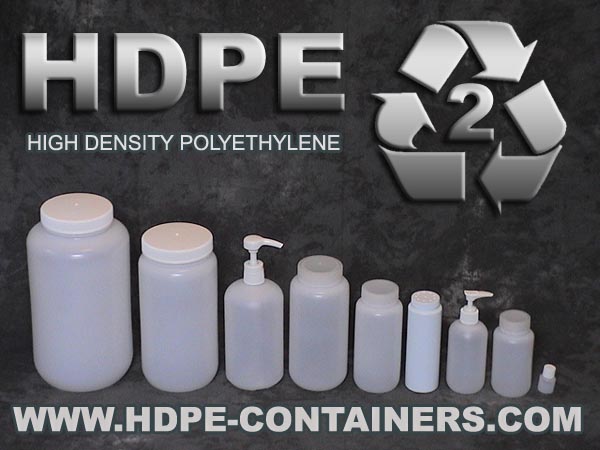Paula wrote: I’ve noticed the numbers inside the recycle symbols under plastic containers. What do these numbers mean?
Hello, Paula. The plastic industry created these symbols for identifying the different types of material plastic is made of. It helps recycling plants sort the plastic containers, and is now a way for consumers to know what their containers are made of. Check the bottoms of the plastic containers you purchase and see if you can identify one of these:
1 stands for PET or polyethylene terephthalate
2 stands for HDPE or high density polyethylene
3 stands for PVC or polyvinyl chloride
4 stands for LDPE or low density polyethylene
5 stands for PP or polypropylene
6 stands for PS or polystyrene
7 stands for Other, which means it’s either none of the above or an
amalgamation of more than one of the above
In Dr. Hulda Clark‘s latest book, “The Prevention of All Cancers,” she wrote about HDPE Plastic being the best kind for food and beverage storage because it is the most dense out of all plastic materials. This means that the chemicals making up the plastic does not leak into the beverage or food that it contains.
Ever notice that plastic taste you get when drinking water out of a clear plastic bottle? Your taste buds are telling you that your water contains more than just H2O, it also has traces of the chemicals leaking from the clear plastic container you are drinking out of.
Because of its density, HDPE Plastic is used to make milk containers, bottles for nutritional supplements, and basically anything that needs to be protected from any chemical leakage. As consumers become more savvy about the products that they buy, there has become a demand for HDPE food and beverage containers for the home. There are now a variety of HDPE bottles and containers that can be bought for household use. We found a few of these and made them available in our shop at HDPE-Containers.com.

Leave a Reply